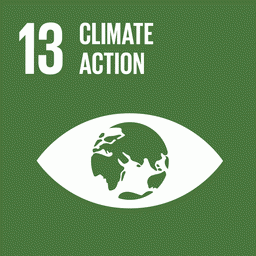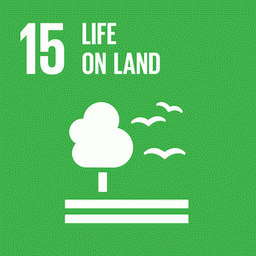By Bibiana Alcântara Garrido*
Emissions from fires not associated with deforestation rose 37% in 2022 compared to 2021: 209 million tons of carbon dioxide were emitted in 2022 compared to 152 million in 2021. This type of fire affects native vegetation without necessarily resulting in subsequent deforestation.
In the Amazon alone, the increase was even greater: gas emissions from fires not associated with deforestation rose by 73% in the biome, from 91 million tons of carbon dioxide in 2021 to 157 million in 2022.
Even with the reduction in Brazil’s overall emissions, the rise in emissions from uncontrolled fires worries researchers, who warn of the need to protect native vegetation. The analysis comes from IPAM (Amazon Environmental Research Institute) using data from SEEG (Greenhouse Gas Emissions and Removals Estimating System), published by the Climate Observatory. In the initiative, IPAM produces data on emissions from changes in land use.
“This data shows the relevance of greenhouse gas emissions from forest fires for Brazil. We are talking about a considerable amount of emissions, which are not being accounted for and which, even with deforestation reaching zero, the forests affected by fires will continue to emit,” explains Ane Alencar, IPAM’s Science Director.
If they were included in the national emissions inventory, the gases emitted by fires not linked to deforestation would add around 134.3 million tons of carbon dioxide to Brazil’s annual emissions from 1990 to 2022.
“The results of the estimates revealed that, in addition to reducing deforestation, we urgently need to create strategies to prevent forest degradation – fire being one of its causes. In addition, scientific literature has pointed to other causes of degradation as dangerous as fire, which are potential sources of greenhouse gas emissions not yet included in national inventories,” says Celso Silva-Junior, a researcher at IPAM.
In total for the period analyzed, this type of fire emitted 4.3 billion tons of carbon dioxide. The Amazon and Cerrado account for 96% of this amount. The two biomes are the most affected by fire in Brazil. The contribution of emissions from fires within the land use change sector rose from an average of 30% a year to 43% last year.
“To calculate emissions we use maps of biomass and fire in native vegetation and apply rates measured in the field to estimate CO2 flows. The results provide the net balance, considering the carbon that is lost at the time of the fire and the emissions and removals from the dynamics of the vegetation after the fire. This calculation is important because it provides accurate and calibrated figures from the continuous monitoring of permanent plots,” adds Camila Silva, the IPAM researcher responsible for the analysis.
*IPAM science journalist, bibiana.garrido@ipam.org.br
Cover: Burned area in the Amazon to the north of Mato Grosso (Bibiana Garrido/IPAM)

